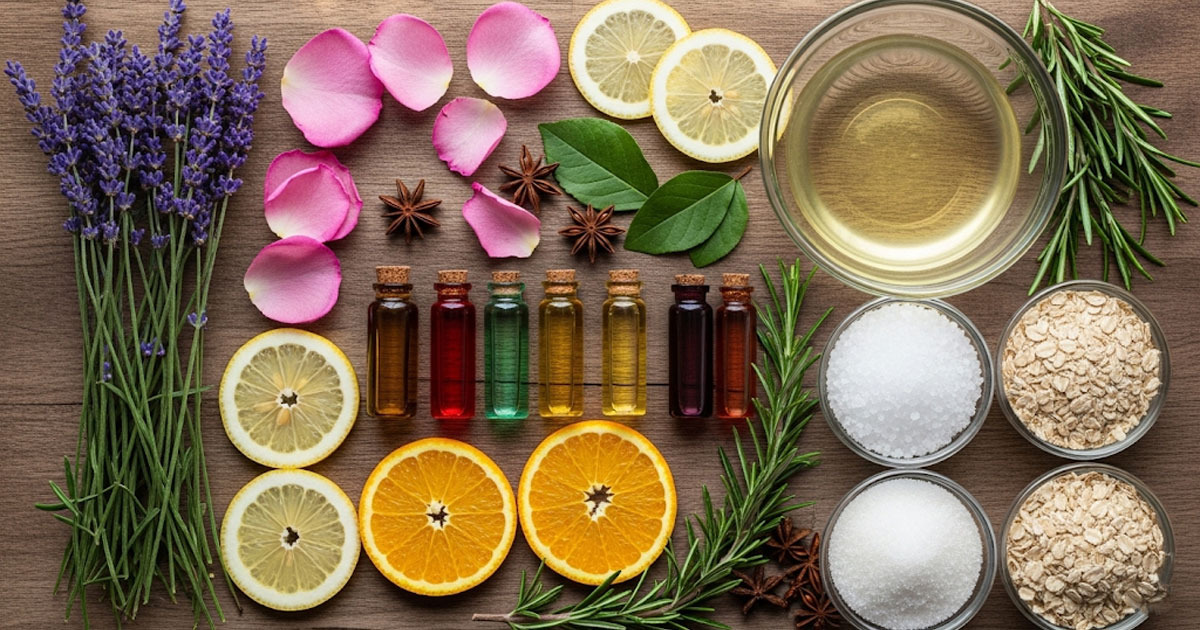Rethinking Silicone in Modern Cosmetic Formulations
Silicones have long been a cornerstone in cosmetic formulations due to their unique ability to impart a silky, non-greasy feel. From foundations to moisturizers, their lightweight texture and excellent spreadability contribute significantly to consumer satisfaction.
However, as clean beauty trends and environmental concerns continue to shape the market, many brands and formulators are actively seeking effective silicone alternatives. The demand for sensory-enhancing materials that replicate or improve upon silicone’s performance has grown significantly.
Key concerns driving this shift include biodegradability, skin occlusion issues, and regulatory restrictions in various regions. While silicones remain scientifically safe for topical use, perception among conscious consumers has prompted formulators to explore natural and sustainable alternatives.
Today, the focus has shifted toward botanical oils, esters, and biodegradable polymers that deliver similar aesthetic results. The goal is not merely to replace silicones but to enhance the overall skin sensory experience while aligning with clean formulation principles.
Silicone-Free Solutions with Superior Sensory Profiles
Plant-Derived Esters: Emollients with Elegance
Plant-derived esters such as coco-caprylate, isoamyl laurate, and dicaprylyl carbonate have emerged as front-runners in silicone replacement strategies. These ingredients offer a dry-touch, non-greasy afterfeel similar to dimethicone, with added skin compatibility.
Due to their emollient properties, esters aid in spreading active ingredients uniformly while enhancing product absorption. In addition to their favorable sensory attributes, esters are often derived from renewable resources like sugarcane or coconut.
This makes them attractive to formulators looking to meet sustainability goals without compromising performance. When blended strategically, esters can provide texture modulation that mimics both light silicones and heavier occlusives.
From serums to body creams, these ingredients are versatile across product categories. Their compatibility with natural actives and essential oils further elevates their value in eco-conscious formulations.
Sugar-Based Polymers and Biopolymers: Soft Touch with Functional Support
Biopolymers derived from sugar chemistry, such as polyglyceryl esters or hydroxypropyl starch phosphates, offer functional benefits beyond aesthetics. These ingredients act as thickening agents, film-formers, and moisture regulators.
They also contribute to a cushiony, soft-skin effect post-application closely resembling the skin feel silicones are known for. Because they are biodegradable and often approved for natural certifications, biopolymers align well with organic and clean beauty standards.
Their multi-functionality allows formulators to reduce the total number of ingredients without sacrificing product quality. In high-performance skincare, this translates into streamlined formulas that feel luxurious and remain effective.
In addition, sugar-based polymers can stabilize emulsions and improve water resistance in sun care or long-wear makeup applications, offering added value for formulators.
Optimizing Sensory Experience Through Smart Ingredient Synergy
Layering Lightweight Emollients and Natural Butters
Achieving the desired skin feel without silicones often involves combining multiple ingredients for a synergistic effect. Lightweight esters can be paired with natural butters such as murumuru or cupuaçu to replicate the slip and cushion effect typically delivered by silicones. These blends offer excellent spreadability, pleasant sensory glide, and long-lasting hydration.
Formulators are also turning to volatile plant-based oils that evaporate post-application, leaving a smooth matte finish similar to cyclopentasiloxane. These include ingredients like hemisqualane derived from sugarcane or C13-15 alkane from plant fermentation.
Balancing oil polarity, absorption rate, and volatility is essential to achieving a refined, high-end skin finish. Texture modifiers like starches or silica can further enhance the tactile profile, giving users a sensorially rich experience without synthetic agents.




